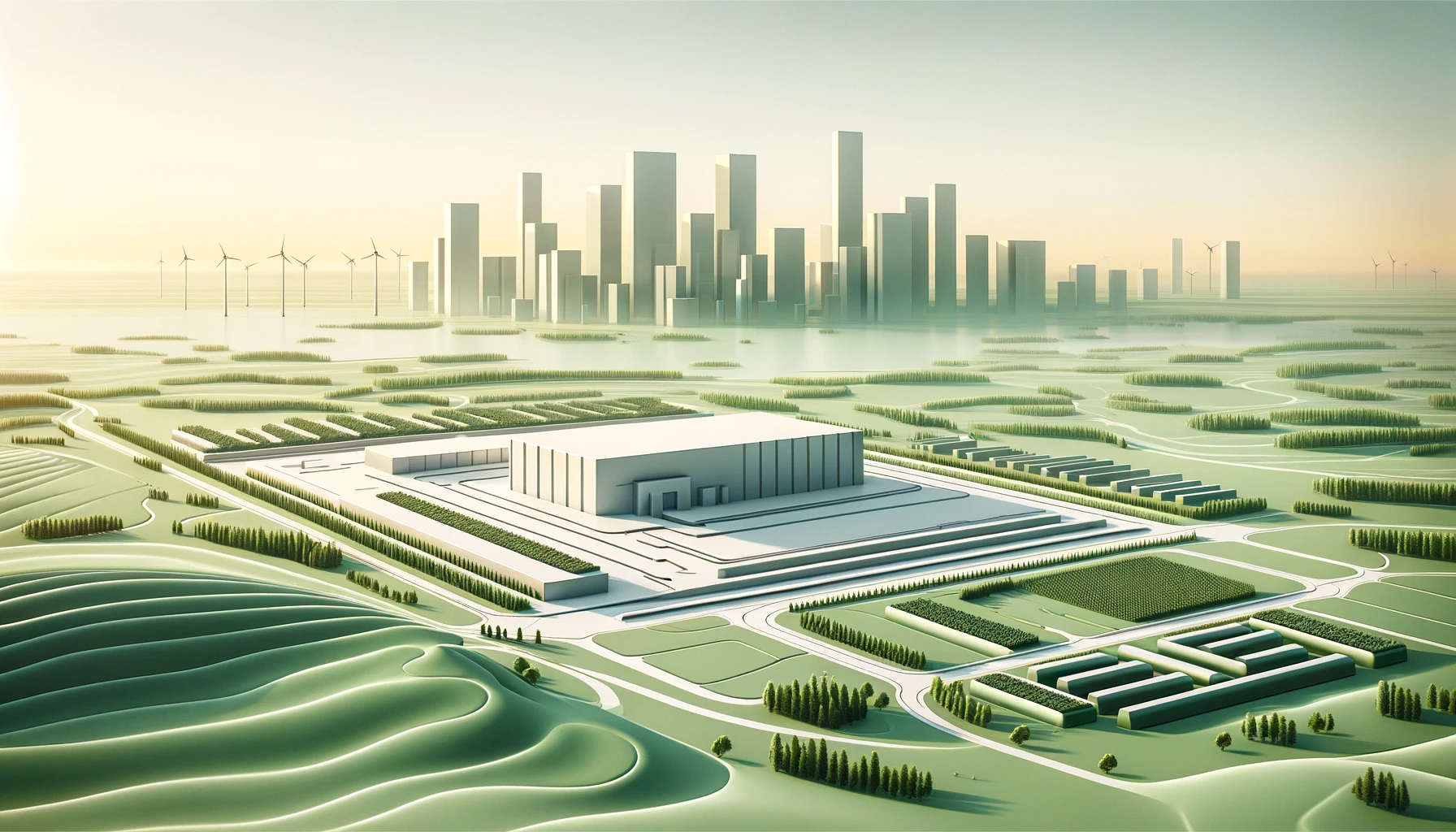By David Pring-Mill
For industry leaders, sustainability often looks like a combination of volts and vision. It involves transitioning to highly adaptable, optimized electric infrastructure and equipment with real-time digital layers. Meanwhile, Japan, a nation that has led the automotive industry, is recharging its battery legacy. On both corporate and national levels, bold leadership will be required to flip the switch on age-old practices.
Case in point: in De Soto, Kansas, a new Panasonic Energy gigafactory, part of Panasonic Holdings, is rising on the site of a former U.S. Army ammunition plant. Panasonic, once the undisputed champion in EV battery technology, now finds itself in a high-stakes race against corporate and regional rivals, as well as time and technological obsolescence. Owing in part to Japanese lithium-ion innovations, Panasonic was the leader in EV battery production until 2016; the company now ranks fourth globally. Intense APAC competition and the high concentration of the EV market in China shifted the perceptions of risk, contributing to this decline.
The high-tech transformation of the once-sleepy site in Kansas represents a $4 billion investment. The project is being promoted as a means of revitalizing the local economy with 4,000 direct jobs, simultaneously turning around the fortunes of Panasonic and the Japanese tech sector. This isn’t just about regaining lost glory; it’s a strategic pivot, a play to quadruple Panasonic’s EV battery capacity to a staggering 200 gigawatt-hours by 2031, primarily in North America. The U.S. market is critical, both due to the demand for cars and the Inflation Reduction Act, which provides useful, resilience-boosting tax credits in the wake of global uncertainty.
This plant is Panasonic’s second in the U.S. and it’s expected to churn out enough batteries for approximately half a million Tesla Model 3’s annually. The first plant, created in partnership with Tesla, faced challenges such as worker recruitment and retention, with resulting work stoppages, but this ultimately led to more informed manufacturing and risk management strategies. Nevertheless, plans for a third plant in Oklahoma have been shelved, potentially owing to slower-than-expected EV demand, though Panasonic denied that this was a motivating factor in a feature article published by Nikkei Asia.
Japanese companies are determined to prevent a repeat of their loss in semiconductor leadership, where Taiwanese and South Korean competitors pulled ahead. Investments and subsidies are flowing like the very currents that these batteries will store. Toyota and Panasonic’s joint venture, Prime Planet Energy & Solutions, received government backing to the tune of 120 billion yen. Domestic goals have been quantified as 150 gigawatt-hours by 2030 and 30,000 battery-related workers by the same year.

Other Japanese firms and South Korean competitors are also expanding in North America. However, the U.S. and European EV industry faces challenges like plateauing demand, range anxiety, higher interest rates, and shifting policies. Panasonic recognizes the risk in its U.S. expansion but views it as crucial, part of a larger realignment of technological innovation, supply chain security, and manufacturing capabilities needed to stay competitive globally.
Despite industry setbacks and increasingly challenging geopolitical dimensions, there is high potential. For instance, EVs themselves could be used to store electricity, returning it to the grid at peak times, a concept known as Vehicle-to-Grid (V2G) technology. Holistic considerations are required, such as grid upgrades and anticipation of battery wear and tear, but this heralds a more sustainable future. In fact, by 2050, EV batteries, including those at the end of their vehicle life, could provide 32–62 terawatt-hours for short-term grid storage, assuming low participation rates, according to a recent paper in Nature Communications. 21% to 26% of the world’s total theoretical battery capacity could be available for V2G services. This academic forecast underscores the potential role of EV technology in modernizing infrastructure, addressing climate change, and advancing global tech partnerships.
To support open-access (Quick Insights) content such as this, become a Deep Tech or ESG member at Policy2050.com. For additional advanced manufacturing insights, you can freely download the recent whitepapers “Robotics Trends: 2023–2025” and “C++ in a Changing World.” Another paper, “Semiconductor Industry Leaders: Analysis and Growth Trajectories,” is available for purchase.